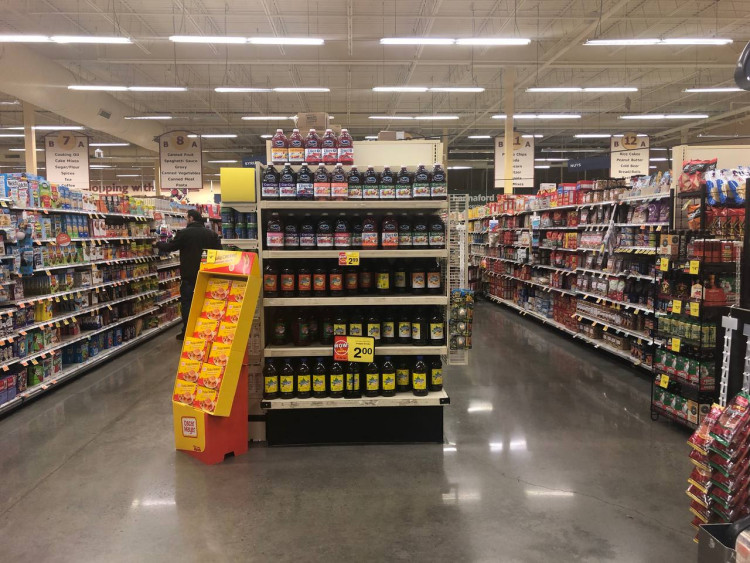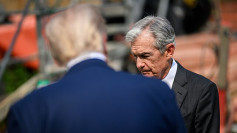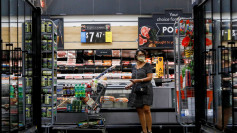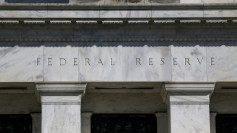U.S. consumers are increasingly optimistic about the future of inflation, according to the latest Survey of Consumer Expectations released by the Federal Reserve Bank of New York. The survey, which reflects consumer sentiment regarding economic conditions, revealed that the three-year inflation outlook has dropped to a record low, a significant development as the Federal Reserve continues to grapple with price stability in a turbulent economic environment.
The report, released on Monday, shows that consumers now expect inflation to be at just 2.3% three years from now, a sharp decline of 0.6 percentage points from June. This marks the lowest level since the survey's inception in June 2013. The improved outlook suggests that consumers are beginning to see a light at the end of the inflation tunnel, a positive sign for both policymakers and markets.
However, the outlook for inflation in the shorter term remains unchanged. The survey indicated that consumers still expect inflation to hover at 3% over the next year and at 2.8% over the next five years. These figures suggest that while there is optimism for the medium-term, concerns about near-term inflation pressures persist.
The New York Fed's findings come at a critical time, as the Federal Reserve weighs its options for monetary policy. The central bank has been navigating the delicate balance of controlling inflation without stifling economic growth. The survey results, combined with other economic indicators, could influence the Fed's decision on whether to cut interest rates in the coming months. Market participants are already anticipating a potential quarter-percentage point rate cut in September, with the possibility of further cuts by the end of the year.
On the economic front, the U.S. Department of Labor is set to release its consumer price index (CPI) data later this week. Analysts expect the CPI to show a 0.2% increase in July, bringing the annual rate to 3%. While this is still above the Fed's 2% target, it represents a significant decline from the peak inflation rates seen in recent years.
In addition to the inflation outlook, the survey provided insights into consumer expectations for various economic factors. Notably, respondents anticipate a 3.5% increase in gas prices over the next year, a reduction of 0.8 percentage points from June's forecast. Food prices are also expected to rise, though at a slightly lower rate of 4.7%, down 0.1 percentage point from the previous month. These modest adjustments suggest that consumers are beginning to see some relief in their daily expenses, though challenges remain.
Conversely, the survey highlighted growing concerns about certain costs, particularly in areas like healthcare, education, and housing. Expectations for medical care costs rose, while the outlook for college education expenses saw a significant jump to a 7.2% increase, up 1.9 percentage points. Rent, a persistent concern for both consumers and the Fed, is expected to rise by 7.1%, an increase of 0.6 percentage points from June. These rising costs in essential services could continue to pose challenges for household budgets and overall economic stability.
Despite the mixed signals in inflation expectations, the labor market outlook appears more positive. The perceived probability of losing one's job in the next year decreased slightly to 14.3%, while the likelihood of leaving a job voluntarily, an indicator of worker confidence, rose to 20.7%, the highest level since February 2023. These figures suggest that consumers are feeling more secure in their employment prospects, which could support continued economic growth.
However, the survey also revealed some concerns about household financial stability. The average perceived probability of missing a minimum debt payment over the next three months increased by 1.0 percentage point to 13.3%, the highest reading since April 2020. This uptick could reflect growing anxieties about the ability to manage debt as interest rates remain relatively high.






